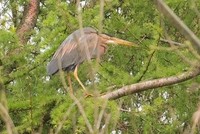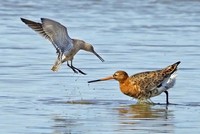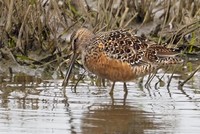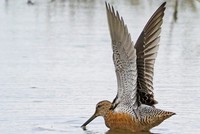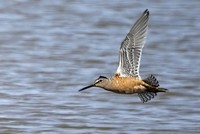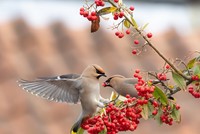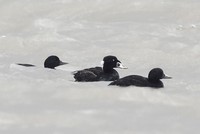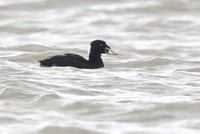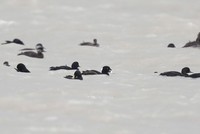Guadalcanal Moustached Kingfisher re-discovered in the Solomon Islands
A spectacular forest kingfisher not seen since the 1950s has been rediscovered and photographed in the highlands of Guadalcanal in the Solomon Islands.
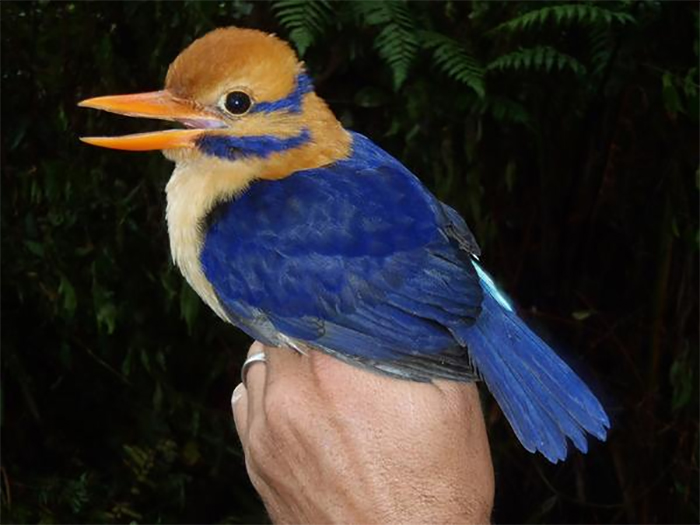
During a recent American Museum of Natural History expedition to survey for endemic biodiversity, scientists found a male Guadalcanal Moustached Kingfisher (Actenoides bougainvillei excelsus) and the photographs are thought to be some the first ever of the species.
The director of Pacific Programs at the Museum’s Center for Biodiversity and Conservation, Chris Filardi wrote on the expedition blog:
“After several days of work, it is clear we are on the shores of an island in the sky. Species we encounter here are of two worlds—one that descends to the humid, coastal plain, and another that rises into the cool, cloud-raked mountains of Tetena-Haiaja. Just as the white sands of an island beach divide land and sea, the ascending Chupukama ridge marks the transition from a world of known lowland organisms to a sky island filled with scientific mystery.“
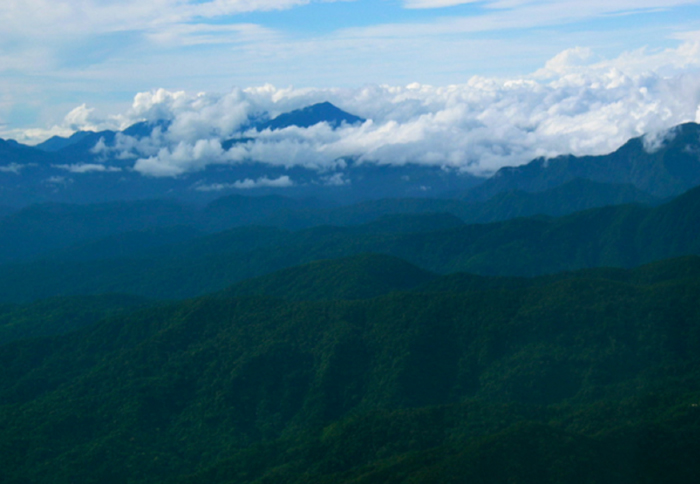
“In the western Pacific, first among these ghost species is the Moustached Kingfisher (currently classified as Actenoides bougainvillei excelsus), a bird I have sought for nearly 20 years. Described by a single female specimen in the 1920s, two more females brought to collectors by local hunters in the early 1950s, and only glimpsed in the wild once. Scientists have never observed a male. Its voice and habits are poorly known. Given its history of eluding detection, realistic hopes of finding the bird were slim.”
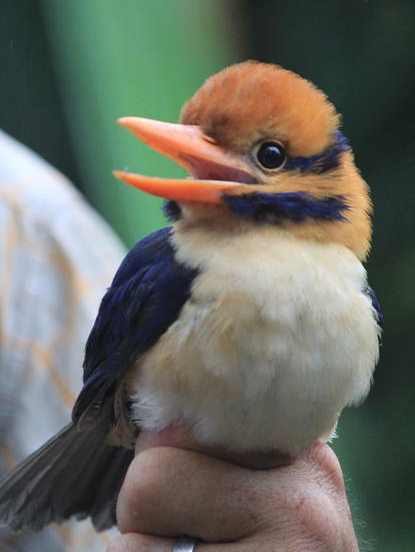
“Until on our third morning we heard an unmistakable “ko-ko-ko-kokokokokokokoko-kiew” of a bird that could only be a large forest kingfisher. We paused, waited for what seemed like eternity, and then heard another cry from the mossy forest. It had to be the bird.”
“Within moments our eyes caught movement: a large shadow of wings and a thick body abruptly stopped in a tangle. Our recordist Frank Lambert saw the bird first and called me over. There in plain sight pumping its tail, crest alert, in full colors, was the Moustached Kingfisher. And then, like a ghost, it was gone.”
“But only for the moment. Over the next several days, we continued to hear birds calling sporadically in taller moss forests of the ridge, but had a difficult time finding them. We set fine “mist” nets out in the forest with the hope of capturing an individual, and after a cloud-raked morning of dripping rains and cold winds, we captured a male bird, identifiable by its magnificent all-blue back (females have greenish backs). When I came upon the netted bird in the cool shadowy light of the forest I gasped aloud, “Oh my god, the kingfisher.” One of the most poorly known birds in the world was there, in front of me, like a creature of myth come to life.”
Future expeditions are hoping to now observe and photograph the green-backed females. The photographed male was taken as a specimen and along with the photographs and recordings will be used for further study at the American Museum of Natural History.
You can follow the progress of the expedition on their blog here
28 September 2015


